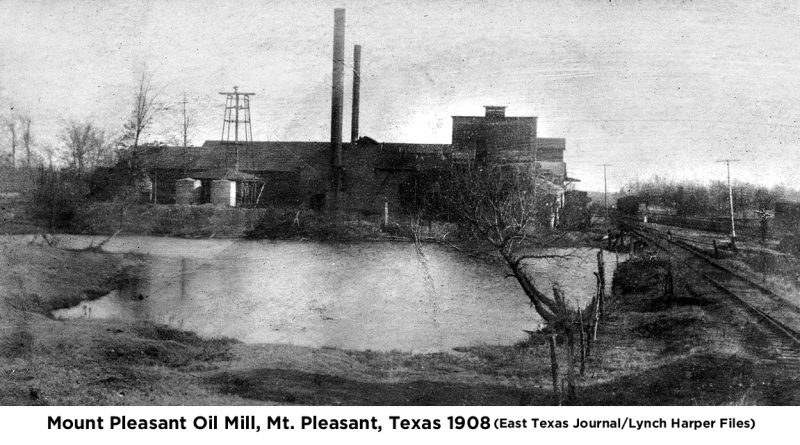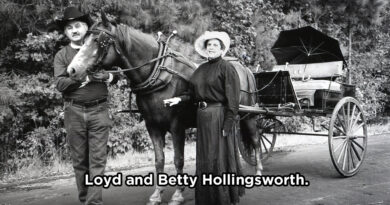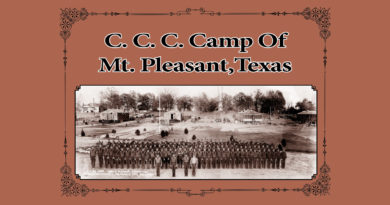Mount Pleasant Oil Mill
Mount Pleasant Oil Mill
By Sam Ferguson, Production Manager, East Texas Journal
“The $35,000 necessary to build the Mount Pleasant Oil Mill has been raised,” said the February, 1899 Albany News.
The Mount Pleasant Oil Mill was located on Industrial Boulevard between East 9th Street and East 11th Street on the Union Pacific Rial Road Line, about where the Mt. Pleasant Recycling & Scrap and Union Pacific Rail Road Yard is now.

North of the Mount Pleasant Oil Mill was the Hoffman Heading and Stave Company that manufactured barrel heads from the hardwoods of Sulphur and White Oak bottoms, and to the south of it was the Ice Plant.
Texas had became the leading cotton producer state by 1880 and remained the largest cotton grower until the 1990’s. The rapid expansion of Texas rail system between 1870 and 1900 encouraged the development of the cotton seed industry, said the Texas State Historical Association.
In the 1850 Titus County census, the average yield per acre was, 1200 pounds seed cotton, and only 84 farmers grew cotton in sufficient quantity to have it ginned. Cotton was selling at 5 cents per pound but had to be hauled to the Jefferson port. Corn at the same time sold for $1.25 per bushel and was more profitable than cotton. In 1860 Titus County produced 4953 (400 pound) bales of cotton against 314 bales in 1850, said R. L. Jurney, History of Titus County 1846-1960.
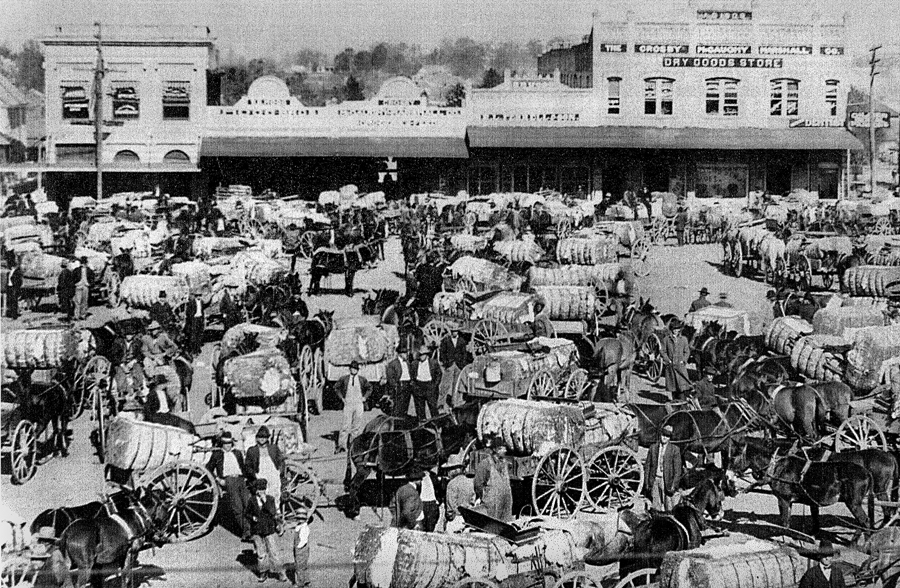
In the fall the Mt. Pleasant courthouse square would be covered with wagons, each wagon with one to three bales of cotton, with numerous cotton buyers around town. The cotton buyer usually had a large hawk-billed knife, and would make a large gash in the bale of cotton and pull out a rather liberal sample. After some bargaining back and forth between the farmer and the cotton buyer, a sale would be made and the farmer would take the cotton to the cotton yard, which was located in the Northeast part of town in the vicinity of North Washington and 10th Street. In the 1880’s the only crop Titus County farmers could sell for cash was cotton. The seed was considered almost worthless and cotton averaged about 8 cents per pound of lint. In the late 1890’s, It went as low as 4 cents per pound. Cotton seed didn’t became a cash crop untill 1896, said Traylor Russell, History of Titus County.
The acreage of cotton in cultivation in 1894 was 36,894 acres in Titus County, with 3,044 tons of cotton seed, said the The Texarkana Gateway to Texas and the Southwest.
Two pounds of seed are separated out of every pound of cotton ginned, and after the cotton has been ginned the mills reduced the seed to four products — linters, hulls, cottonseed oil and meal. Linters, is the short fibers cling to the hulls were used in batting for mattresses and upholstery, industrial textiles, surgical dressings and high-quality paper. Hulls were used as roughage in feed or fuel to run the mill and the ash from the hull was used as a fertilizer. Cottonseed oil is used in shortening, mayonnaise, salad oil, cooking oil, margarine, as well in cosmetics, nitroglycerine, roofing and other products. Meal has a high protein content and used in livestock feed.
John D. Middleton, a pioneer cotton oil man of Greenville was the Vice-President of the Mount Pleasant Oil Mill in 1921, said The Encyclopedia of Texas.
“The Mount Pleasant Oil Mill will be running full time both day and night at full speed for the next four months,” said Manager T. F. Stamps, September,1923 The Times Review.
“To our customers and friends, realizing that there is no better fertilizer to be had than cotton seed meal and phosphate, we have decided to keep in stock phosphate to go with your meal and we will be glad to make you the best price possible,” said Mount Pleasant Oil Mill advertisement January,1924 The Times Review.
Mount Pleasant Oil Mill’s Manager, G. L. Keith, advertised that they had a new electric gin ready and the best equipment in the state, said the September,1926 MP Daily Times.
Titus County’s first bale for the 1930 cotton crop was brought to Mt. Pleasant Tuesday afternoon by C. W. Spann. The bale weighed 530 pounds, and was grown four miles southeast of town. It was ginned at the Oil Mill electric gin, and was purchased by George Lilienstern, said the August, 1930 MP Daily Times.
The 1936 Bureau of Census showed that Texas had an increase of almost half a million bales of cotton over the year before. Titus County had produced 7,522 bales of cotton that year.
Born 1937, Sam Olds remembers the old Mount Pleasant Oil Mill. As a young child in the 1940’s he would go into the mill and climb up the catwalk in the center of the building and shoot pigeons with his BB gun or sling-shot.
Sam grew up in a house at 1112 North Lawn Avenue at East 11th Street with his grandmother (Sara Elizabeth Olds), father (William Samuel “Bill” Olds) and two uncles.
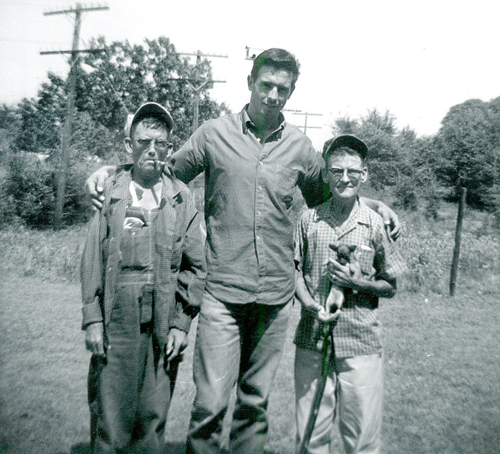
“My family was extremely poor — I mean dirt poor — our old house was never painted — had 4 rooms, 2 for sleeping, a kitchen for cooking and eating, and a screened-in porch converted to a store room. There we kept chicken feed, hog feed, a huge box of home-made quilts, and the ice box that held a 50 pound block of ice. We had no electricity! We cooked with wood, and had one wood burning heater in the house. We had a well for water. I learned to play checkers and dominoes by the dim light of a coal-oil lamp. I bathed in a #3 galvanized wash tub. One luxury that few people could claim we had a two hole outhouse,” Said Sam Olds.
Sam worked summers with his dad and uncles using an ax and a 2-man cross-cut saw cutting timber. They earned 40 to 50 cents each per hour, then would sell the wood for $2 per half cord. “I can remember, usually around 10am asking my dad if we could take a water break and rest. His answer was always the same — “Grab some water as you go get the sledge and wedge to split those logs, we gotta make a showing — we’ll stop at noon,” said Sam Olds.
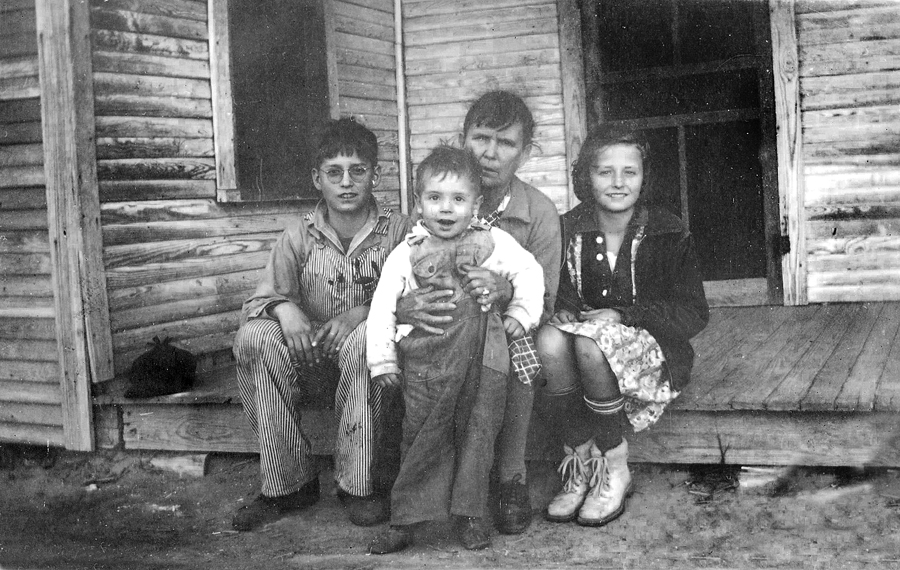
Sam’s whole family also worked at the Hoffman Heading & Stave Company until it closed up in the late 1940’s. His father would get mad at working at the Hoffman Heading Factory and go work for Hogue’s Pottery for a few weeks and then return to the heading factory.


